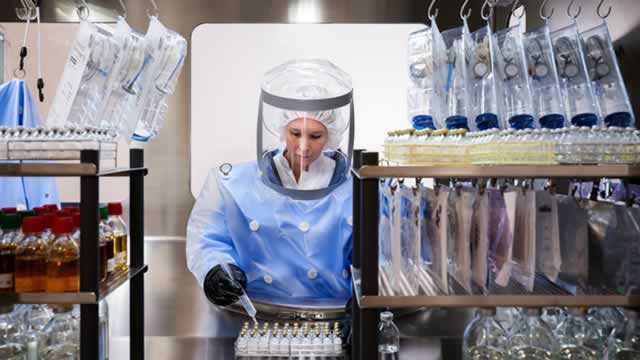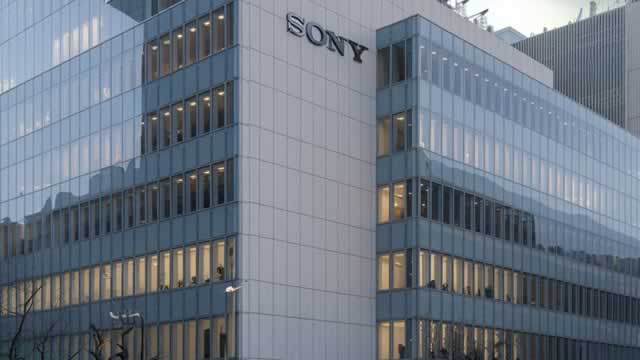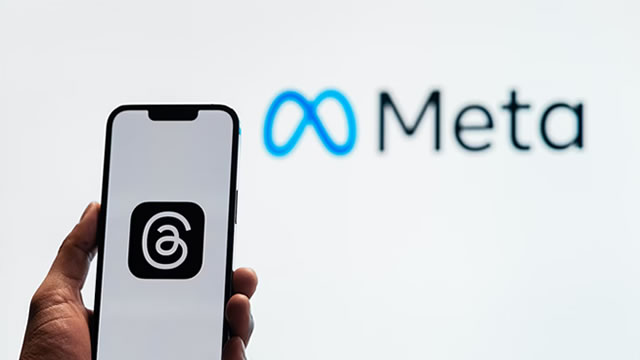Counterfeit Ozempic Units Distributed in the US: What Does This Mean for You and the World?
Novo Nordisk, a leading global healthcare company, made an alarming announcement on Monday. The Danish pharmaceutical giant revealed that it has identified several hundred units of counterfeit versions of its diabetes drug, Ozempic, circulating outside its authorized supply chain in the United States. This disconcerting news has raised concerns about the potential risks to consumers and the broader implications for the pharmaceutical industry.
What Does This Mean for You?
If you are currently using Ozempic or considering starting this medication, it’s essential to be aware of the potential risks associated with counterfeit drugs. While it’s important to note that the extent of the counterfeit Ozempic issue in the US is still not fully understood, there are several reasons why you should be cautious:
- Safety concerns: Counterfeit drugs may contain incorrect or harmful ingredients, which could lead to adverse reactions or even life-threatening situations.
- Ineffectiveness: Fake drugs might not contain the active ingredients or the correct dosage, which could compromise their therapeutic efficacy.
- Financial risks: Purchasing counterfeit drugs can result in significant financial losses, as you may end up paying for medications that don’t provide the intended benefits.
To minimize the risks, it’s crucial to ensure that you obtain your Ozempic (or any other prescription medication) from authorized retailers or pharmacies. Your healthcare provider, pharmacist, or Novo Nordisk’s patient support services can provide you with more information about legitimate sources for your medication.
What Does This Mean for the World?
The distribution of counterfeit Ozempic in the US is not just an isolated incident. It’s a part of a larger, global issue that affects the pharmaceutical industry and public health. According to the World Health Organization (WHO), an estimated 10% of medications in low- and middle-income countries are substandard or falsified. This issue not only poses a threat to individual consumers but also undermines the credibility of the pharmaceutical industry and public health systems.
The consequences of counterfeit drugs can be far-reaching. They can result in:
- Wasted resources: Governments and healthcare systems spend significant resources on fighting counterfeit drugs, diverting funds from essential services.
- Reduced trust: Consumers may lose trust in the pharmaceutical industry and healthcare systems, making it more difficult to address legitimate health concerns and promote preventive measures.
- Threats to public health: Counterfeit drugs can lead to the spread of diseases, particularly in vulnerable populations, as they may contain contaminants or ineffective ingredients.
To combat this issue, it’s essential for governments, pharmaceutical companies, and healthcare providers to work together to strengthen regulatory frameworks, increase public awareness, and promote the use of secure supply chains.
Conclusion
The discovery of counterfeit Ozempic units in the US serves as a reminder of the importance of ensuring the authenticity and safety of prescription medications. While the risks associated with this issue are significant, there are steps you can take to protect yourself and contribute to the global efforts to combat counterfeit drugs. By remaining vigilant and working with trusted healthcare providers and pharmaceutical companies, we can help safeguard public health and maintain confidence in the pharmaceutical industry.
As we continue to navigate the complexities of the global healthcare landscape, it’s crucial to stay informed, raise awareness, and collaborate to address the challenges that lie ahead. Together, we can make a difference and ensure that everyone has access to safe, effective, and authentic medications.





